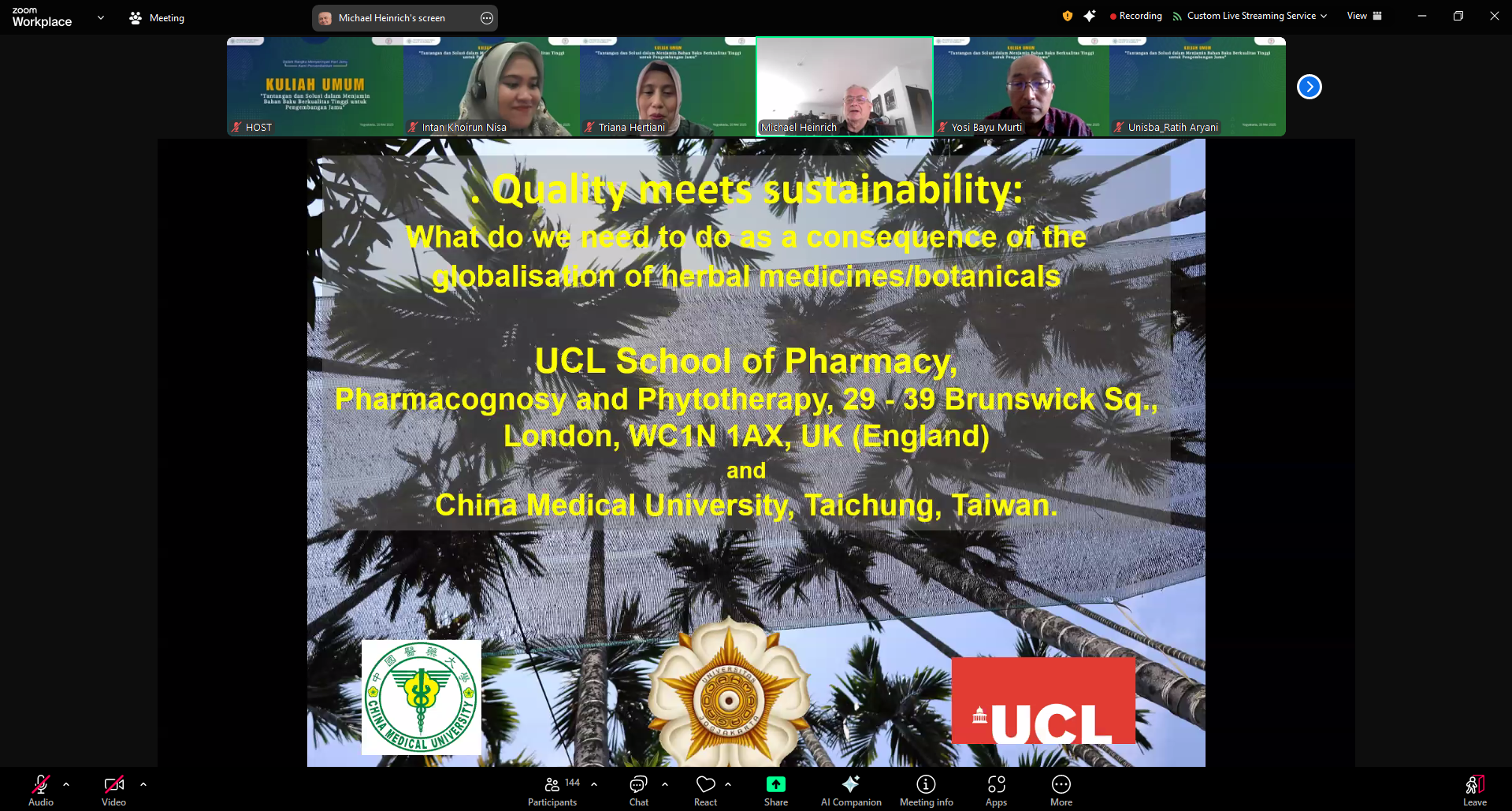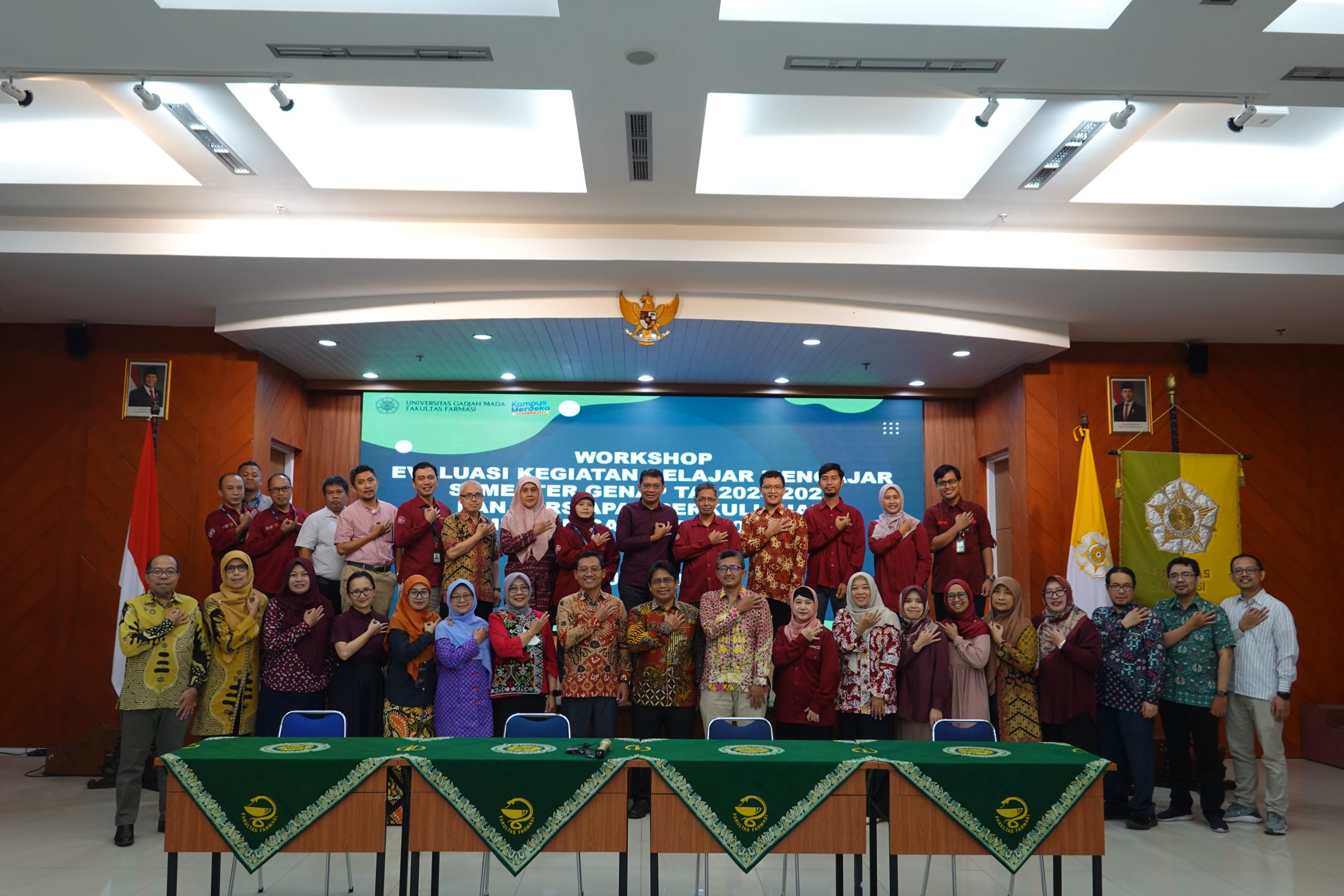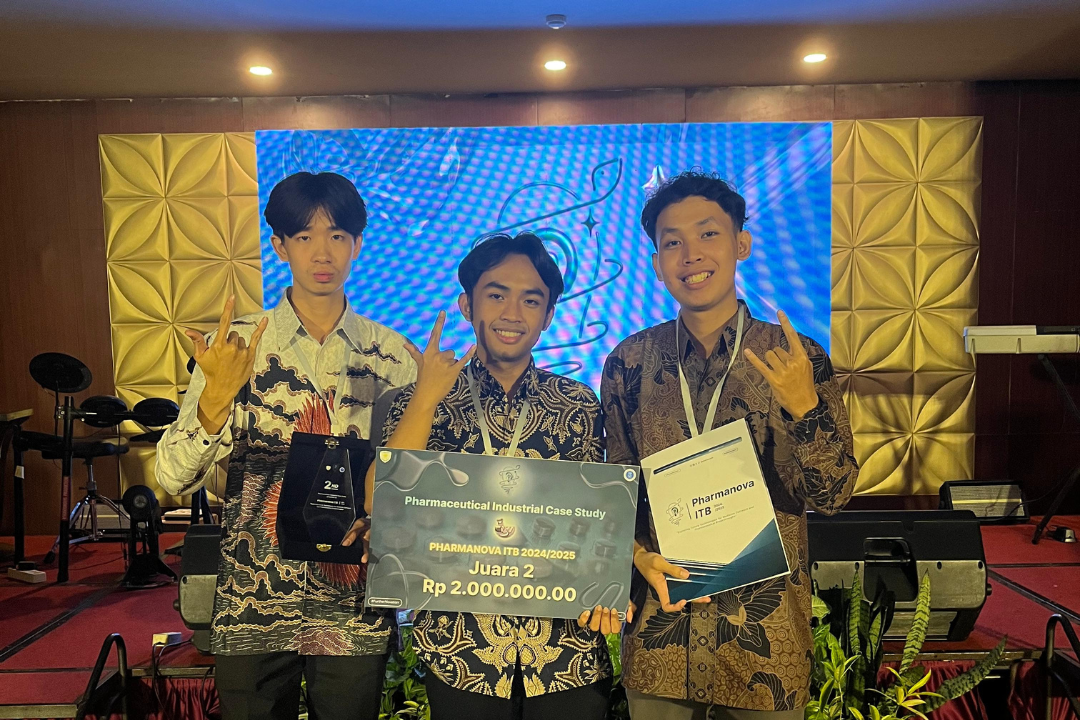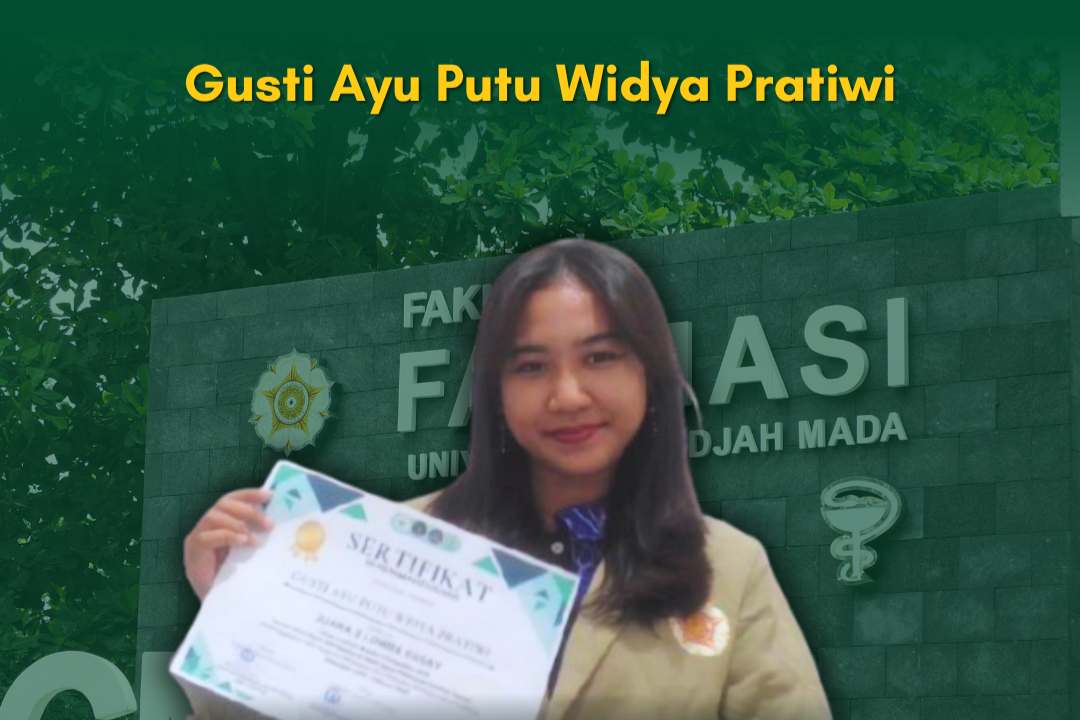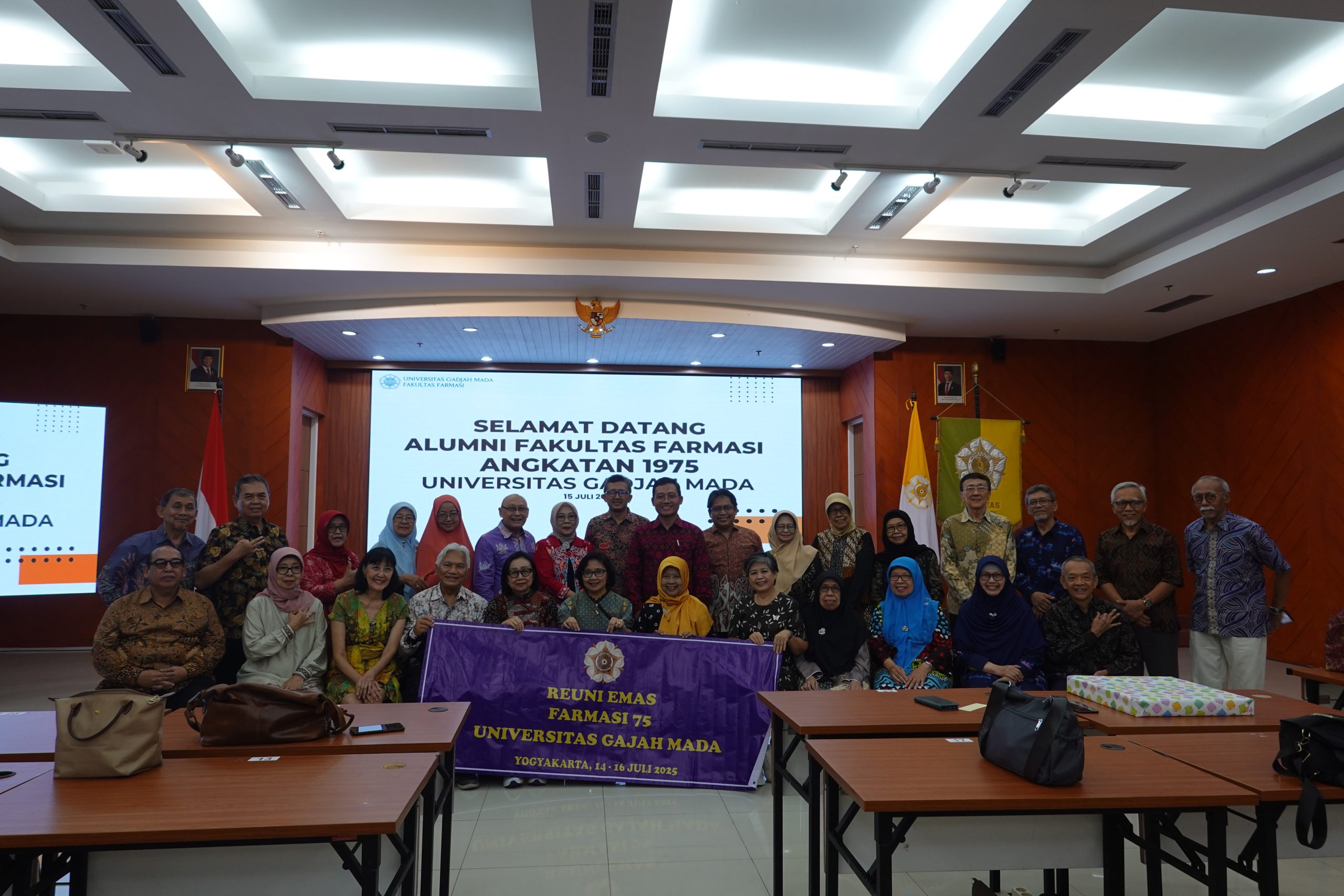Pharmacy UGM – Tuesday (20/05), in commemoration of National Herbal Medicine (Jamu) Day, the Faculty of Pharmacy Universitas Gadjah Mada (UGM), in collaboration with Himpunan Apoteker Seminat Obat Tradisional (HIMASTRA), held a public lecture titled “Challenges and Solutions in Ensuring High-Quality Raw Materials for the Development of Jamu (Indonesian Herbal Medicine).” This public lecture served as a platform for scientific discussion and reflection on the importance of strengthening raw material quality as the main foundation for sustainable practices in developing and producing of competitive jamu in both national and international markets.
The public lecture featured Prof. Dr. rer. nat. Michael Heinrich, Professor of Ethnopharmacology and Pharmacognosy from University College London, who presented a lecture titled “Quality Meets Sustainability: What Do We Need to Do as a Consequence of the Globalization of Herbal Medicines/Botanicals.” Also speaking was Dr. rer. nat. apt. Yosi Bayu Murti, M.Si., a lecturer from the Department of Pharmaceutical Biology, Faculty of Pharmacy UGM, with a presentation titled “Opportunities and Challenges in Transforming Jamu into Modern Natural-Based Medicines.” The lecture was attended online via Zoom by hundreds of participants, including students, academics and researchers, herbal and phytopharmaceutical industry players, medicinal plant entrepreneurs and farmers, as well as research agencies (BRIN).
Representing the Dean of the Faculty of Pharmacy UGM, Prof. Dr. rer. nat. apt. Nanang Fakhrudin, M.Si., Vice Dean for Research, Community Service, Cooperation, and Alumni Affairs, emphasized in his opening remarks that the development of jamu cannot be separated from the sustainability of its supply chain and the quality of its raw materials. “High-quality herbal ingredients are the starting point for the safety, efficacy, and sustainability of jamu products. This is not only a matter of technology but also of farmer partnerships, standardization, and quality-oriented regulations,” he said.
The Chairman of HIMASTRA, apt. Agus Santosa, S.Farm., added that jamu as a cultural heritage of the nation needs to be continuously developed scientifically in order to compete at the global level. “Strengthening raw material sources is a crucial foundation for the future of the national jamu industry,” he emphasized.
The lecture also underscored the need for cross-sector collaboration between academia, government, industry, and communities to build a stronger research and production ecosystem for jamu. With a science- and culture-based approach, jamu is expected to continue developing as a leading national health product.
This public lecture supports several goals of the Sustainable Development Goals (SDGs), particularly SDG 3 (Good Health and Well-being), SDG 4 (Quality Education), SDG 9 (Industry, Innovation and Infrastructure), SDG 12 (Responsible Consumption and Production), and SDG 17 (Partnerships for the Goals) by promoting safe use of jamu, public education, responsible cultivation practices, and cross-sector collaboration. (Rara/HumasFA)

